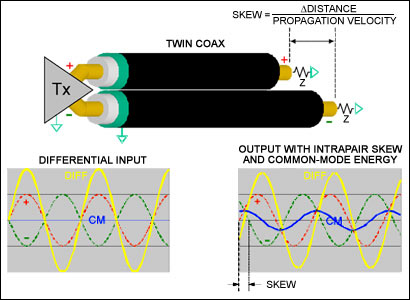From my perspective you have employed here & on other forums at least two & possibly 3 strawman arguments, consistently:This is not at all used by me as a strawman. I know the argument of noise and have asked for data on who has measured it way back in the thread. Nothing about answering Carl's question has anything to do with dismissing that argument.
- you continuously simplify & misinterpret, despite all the explanations given to you, the meaning of noise in this context
- as a consequence you create a strawman argument that DAC manufacturers are negligent in not isolating their devices from such a SIMPLE noise issue
- you have in the past shown by your measurements, your misinterpretation (which I now believe to be willful) of noise in this context
- you introduce data corruption as a red herring not as anything now relevant to the thread - only apparently relevant to you & cjf, who, btw states this on ComputerAudiophile "I'm a believer when it comes to using good quality cables of any flavor. Ethernet cables are a perfect medium for carrying the really ugly stuff upstream to the devices that they attach to." So I'm not sure why he's acting as a dupe for your continued strawman arguments?













